Colonel Robert L. Stewart floated through the space shuttle Challenger's cargo bay and over to his jetpack-known in NASA terms as a Manned Maneuvering Unit. He eased himself into it and swung the pack's armrests into position. After a quick systems check, he released his tether and, using buttons and joysticks, slowly rocketed away from the bay. With his legs dangling free, Stewart left the safety of the shuttle, becoming a one-man spaceship, a human satellite, a living, breathing moon to planet Earth.
Stewart was the second human to ever fly untethered from a spacecraft. The first was Bruce McCandless, Stewart's partner in space. Twenty-five years ago, on Feb. 7, 1984, they helped usher in a new era of space travel. "It was wonderful," says Stewart, who thought the backpack worked better than expected. He and McCandless took turns flying more than 300 feet from the shuttle while testing out the jetpack. Looking back on the adventure, Stewart, now a retired brigadier general, is nonplused about working in space without a lifeline to his ship. "I was perfectly comfortable with Johannes Kepler's laws (of planetary motion), that all things at the same altitude in orbit are going the same speed."
Stewart's work also came with a great view. "The Earth is a very gorgeous planet," he explained. "Everything is incredibly interesting to look at, even when you are over water." His almost-endless scope put humans into perspective. "It takes you a while to see the influence of mankind from up there, except at night when the Earth is all lit up-even the highways are visible."
Stewart trained at least 800 hours for the experience, putting in time in NASA's underwater lab and the Zero-Gravity Simulator-the infamous Vomit Comet. But none of it fully prepared him for space. "In training, we had to figure out how it would all fit together," said Stewart. "You have to really experience weightlessness to understand it."
Despite his amazing accomplishment, Stewart does not consider himself any kind of space man. "I am not an astronaut, I am a Soldier," he said, having climbed to the ultimate strategic high ground. Born in Washington, D.C., Stewart joined the Army in 1964 and logged 1,035 hours of combat flight in Vietnam from 1966 to 1967, primarily with the 101st Aviation Battalion.
When asked about his most intense war action, he explained, "That would take a few days, there were just so many of them." After his tour of duty he became a helicopter instructor, and, after graduating from the Navy's test pilot school at Patuxent, Md., an Army test pilot.
"I flew everything from the Goodyear Blimp to the F-104 Starfighter," explained Stewart. "NASA just gave me the opportunity to fly higher and faster."
Yet he was always a Soldier. During his space mission he brought a "Be All You Can Be" bumper sticker, which he later gave to Gen. Max Thurman, who worked to develop the recruiting campaign. He also brought a "T-Bird" pin, to remind him of his platoon from Vietnam. When he returned to Earth and was presented two astronaut pins, he gave one to the Army Aviation Museum at Fort Rucker, Ala.
After the Challenger mission (designated STS-41-B), Stewart next went into orbit on the maiden voyage of the Atlantis, on Oct. 3, 1985 (STS-51-J), on a classified Department of Defense mission. "The aircraft turned out to be very stable, and performed very well." Comparing it to his first flight, he said, "The Atlantis was lighter and looser than Challenger."
Within the astronaut corps, Stewart gained a reputation as a solid engineer as well as a barrier-breaker. For the very first space shuttle mission, he tested and evaluated the spaceship's entry flight control system.
Stewart was training for his third shuttle flight when the Challenger exploded on its way into space, Jan. 28, 1986, halting the program. His mission had been scheduled for the summer of 1987. "When NASA grounded the fleet I went back to the Army," he explained. "I realized it would be at least another three years before another flight."
His advice to Soldiers contemplating becoming astronauts is simple: "The odds are very poor, but the odds are zero if you do not try." His example has inspired other Soldiers to try, and some have succeeded beyond their wildest dreams.
"He made the dream seem attainable," said Army astronaut Col. Douglas Wheelock, who remembered seeing Stewart's historic spacewalk while in Army flight school at Fort Rucker. "He broke down the pseudo-barriers in front of Army officers and gave me a new kick in my step at flight school."
Wheelock pointed out that 12 Soldiers have followed Stewart's lead to the stars. "His story and journey (have) been an inspiration. We have all enjoyed the legacy he has started for us." Today there are five active Army astronauts and six retired, and one who has remained with NASA.
Astronaut Jeffrey N. Williams, a retired colonel, remembered the first time he saw Stewart. "When I was a cadet at West Point in 1979, Brig. Gen. Stewart flew up in a T-38 to speak to the students. His visit put me on course for my career goal." Williams has helped construct the International Space Station and lived there for six months. He even taped a tribute to Stewart from the ISS in 2006, which was shown at a dinner honoring Stewart in Colorado Springs, Colo.
Although retired from both NASA and the Army, Stewart is clear about NASA's future. "We really need to return to the moon and establish a permanent colony. We need to put an observatory on the far side to look into deep space, and we need to practice living off the land so we can go to Mars."
Stewart still sees himself as a Soldier first, no matter what the assignment. The space program was simply another opportunity "to gain experience that would aid my fellow Soldiers." He believes the same for other possible astro-Soldiers. "Any future Army astronauts should be looking for ways to support the ground troops." And that is exactly what he was doing as he jetted around the strategic high ground above the Earth-a human satellite in the stillness of space.
Soldiers blaze path to the heavens
Fourteen Soldiers have followed Brig. Gen. Richard Stewart into space, where they have built an impressive legacy. Army astronauts have deployed satellites, conducted spacewalks and built space structures. They have performed classified military missions and docked with the Russian Mir and International Space Stations.
Presently, there are seven Soldier astronauts. Retired Col. Jeffrey Williams flew missions to the International Space Station in 2000 and 2006, and conducted three spacewalks. He is currently on board the ISS, and at press time was scheduled to become its commander when European astronaut Frank De Winne departs this month.
Colonel Douglas Wheelock helped deliver the Unity module to the ISS and made three spacewalks in 2007. He is scheduled to fly to the ISS in the spring of 2010, and will serve as its commander.
Lieutenant Col. Shane Kimbrough expanded the living quarters of the ISS and made two spacewalks on the station in 2008. Col. Timothy Kopra served on the ISS for more than 50 days this year. At press time, Col. Timothy Creamer's launch aboard a Soyuz space capsule was scheduled for Dec. 17. He is scheduled to return in May 2010.
Retired Col. Patrick Forrester visited the ISS three times, the last time returning Sept. 11. He made two space walks during his second mission.
Lieutentant Col. Mark T. Vande Hei is currently in Astronaut Candidate Training.
One boots-in-space Soldier, retired Col. William McArthur, left the astronaut corps but still serves as the manager of NASA's Orbiter Project Office. He flew three shuttle missions between 1993 and 2000, docking with Mir and helping construct the ISS in a 13-hour spacewalk. In 2005, he flew to the ISS and served six months in space.
Six other Soldiers have passed through the astronaut program and have since retired.
Colonel James C. Adamson flew two shuttle missions in 1989 and 1991, testing a new auto pilot system.
Lieutenant Col. Richard Clifford flew three missions, including to Mir, where he logged a spacewalk in 1996.
Colonel Nancy Currie, the only woman Army astronaut, flew four missions from 1993 to 2002, including the first assembly mission of the ISS and a repair mission on the Hubble Space Telescope.
Lieutenant Col. Charles Gemar flew three missions between 1990 and 1994, one of which was for the Department of Defense.
Colonel Sherwood Spring launched three satellites from a shuttle and tested ISS construction techniques during two spacewalks in 1985.
Colonel Jim Voss has the most space experience, having flown five shuttle missions between 1991 and 2001. He conducted Military Man in Space experiments and made numerous spacewalks. On his last flight, he became a member of the second ISS crew, spending 163 days in Earth orbit.
These Soldiers prove that a dedicated man or woman in an Army uniform can rocket to the stars.
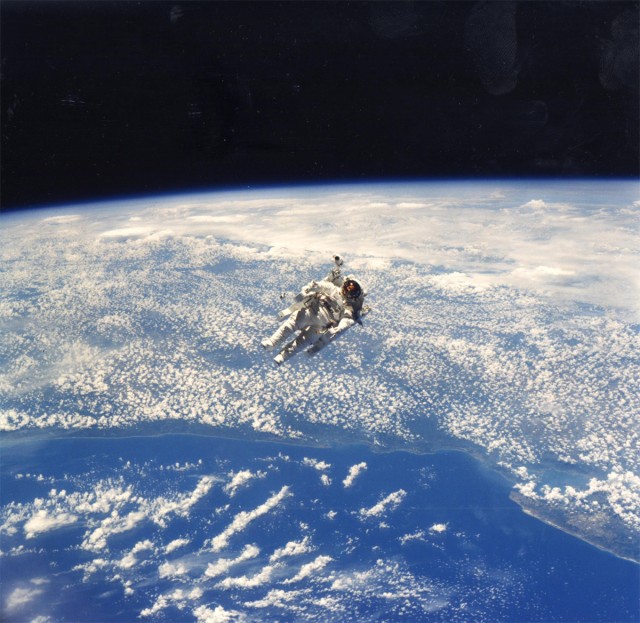

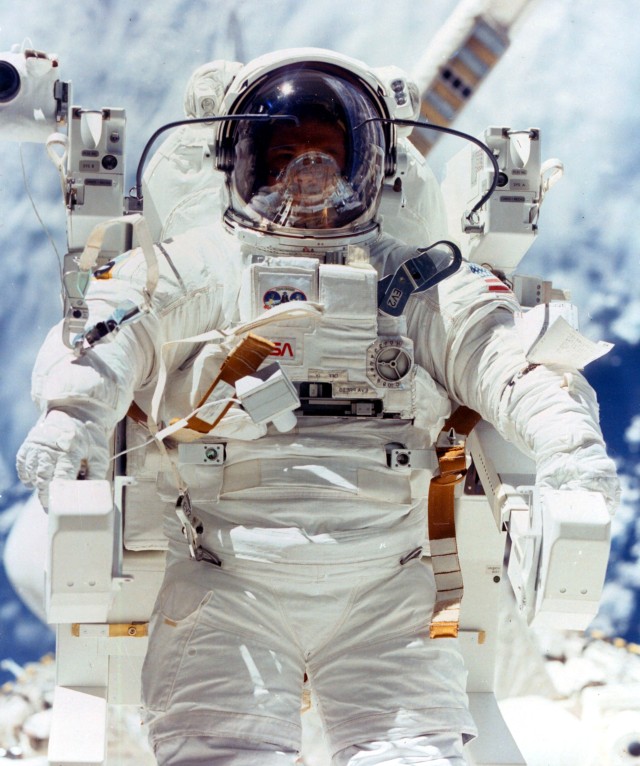

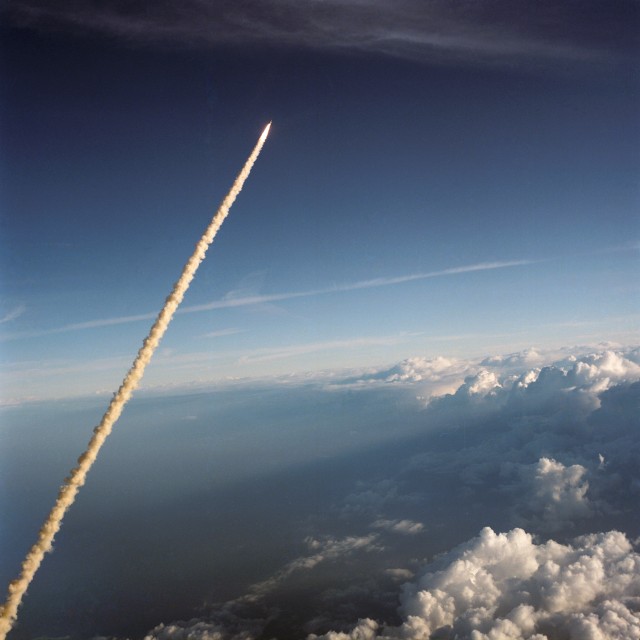
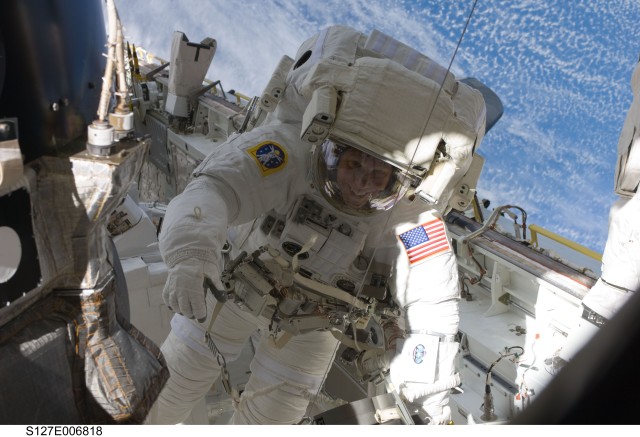





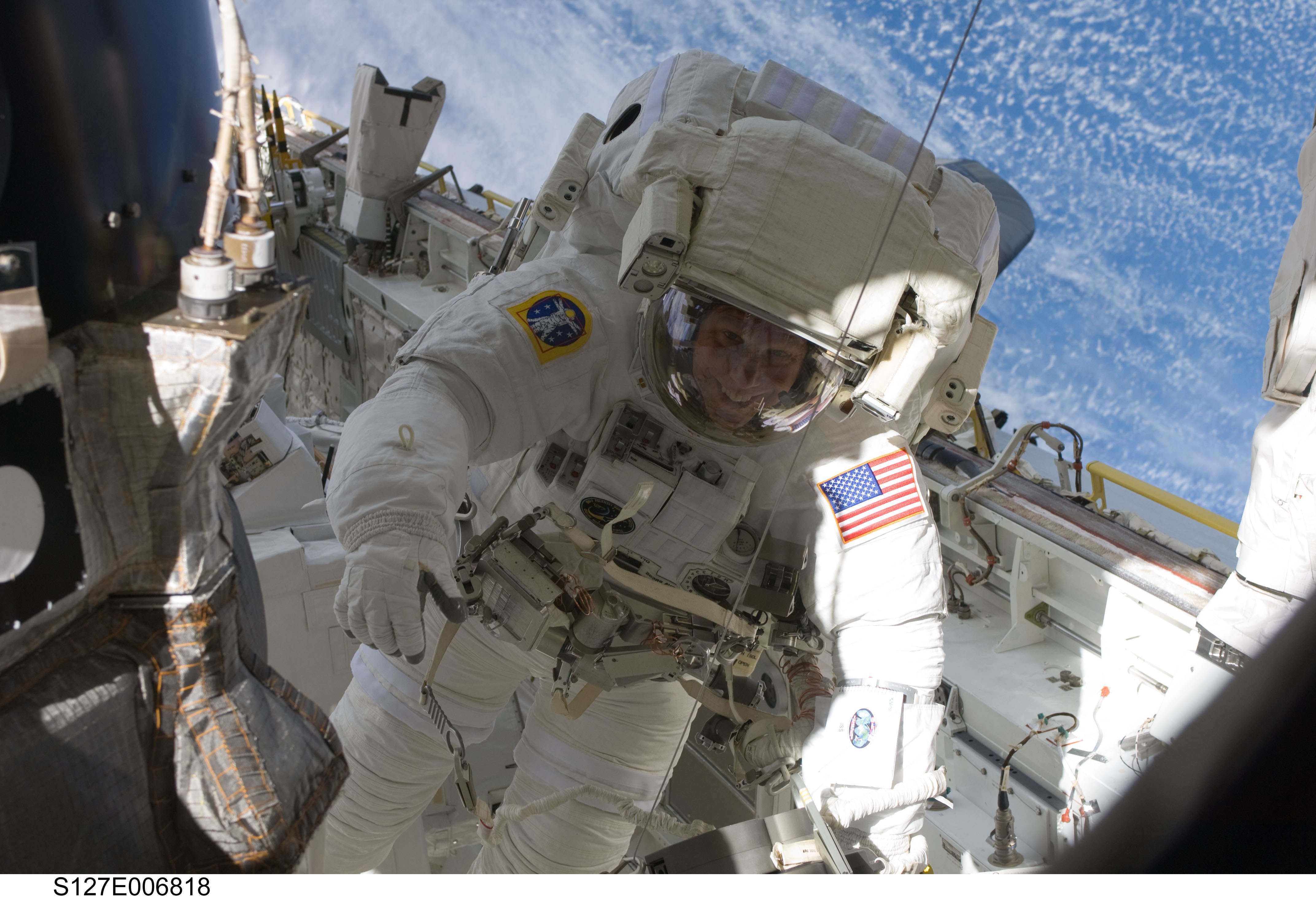
Social Sharing